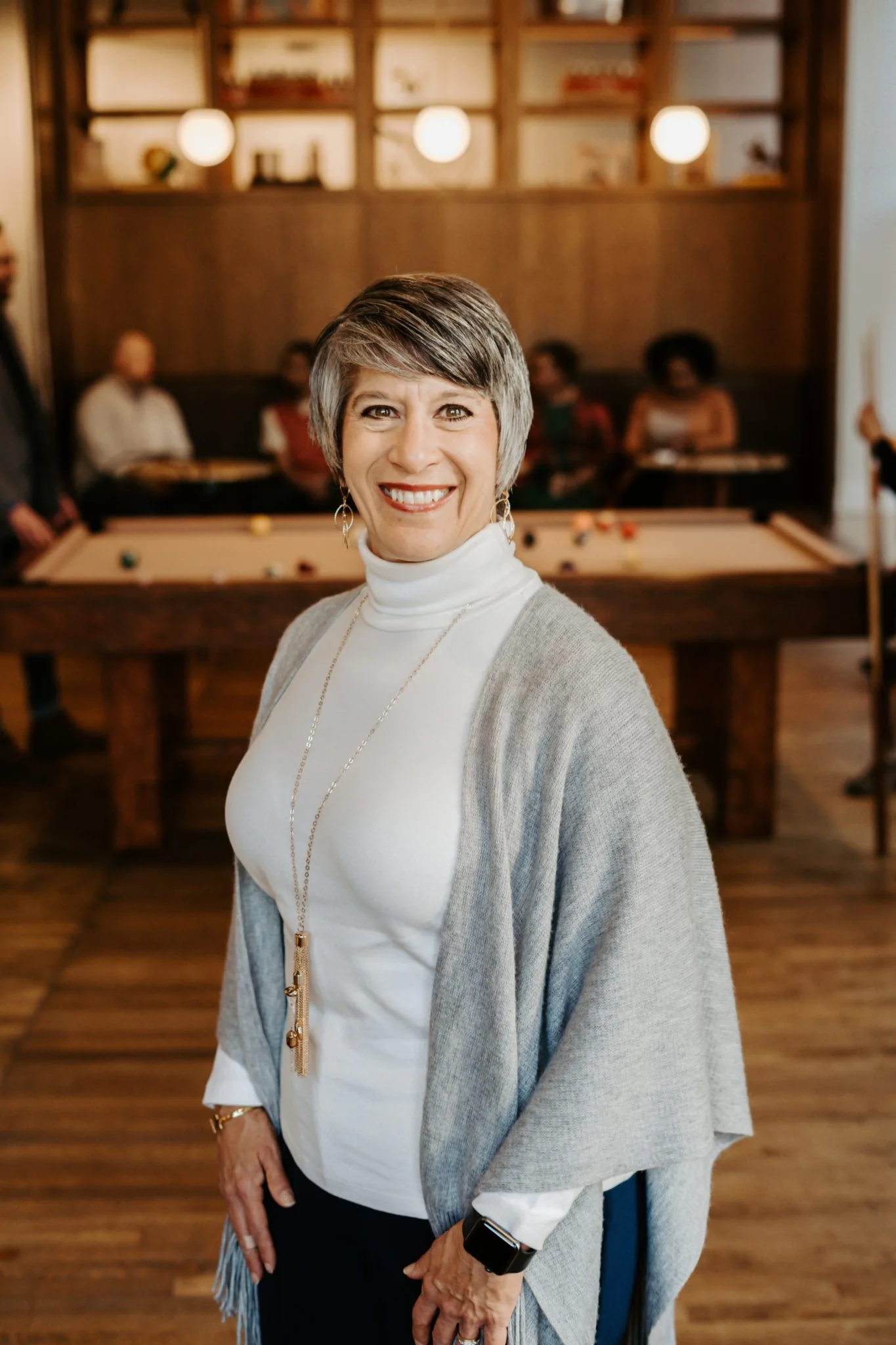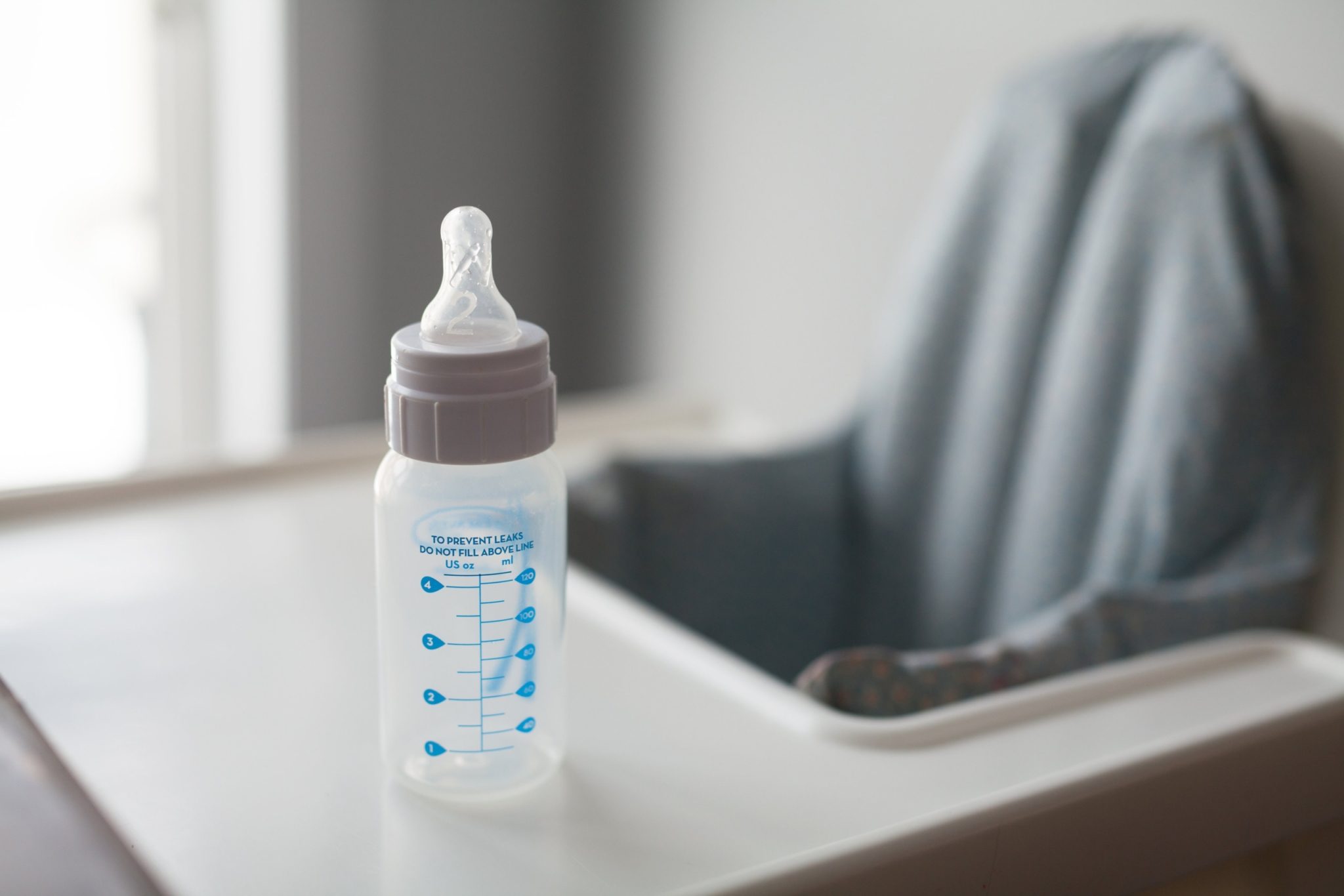Did you know that nearly half of girls ages 3 to 6 worry about being fat, and about one-third would change a physical attribute, such as their weight or hair color? That’s what Stacey Tantleff-Dunn found when she conducted a study at the University of Central Florida.
Girls and boys of all ages feel bombarded with messages of how they should look and what defines beauty. Based on these definitions, they begin a lifelong quest to be beautiful – often doing unhealthy things that could impact them for the rest of their lives.
“Between movies, television shows and airbrushed photos in magazines showing women with ‘perfect bodies,’ impressionable young girls get the idea that it just isn’t acceptable to be anything but a size 6 or smaller,” says Pamela Kelle, licensed nutritionist and registered dietician.
“What many don’t realize is what they see on the screen isn’t real. Their body was never intended to be that size, yet they go on fad diets and do all kinds of obsessive workout routines to get themselves down to their dream weight. The only problem is, even when they get to the size they wanted to be there is still this small voice inside saying, ‘It’s not good enough.’”
Just recently, CVS Health stated they would stop significant image touch-ups in its advertising for beauty products. The company said it has a responsibility to think about sending messages of unrealistic body images to girls. From this point forward, they become committed to not “materially” altering photos used in stores, on websites and on social media by changing a model’s shape, size, skin or eye color or wrinkles. They will use a watermark to highlight materially unaltered images beginning this year.
“There is a connection between unrealistic body images and bad health effects, especially in girls and young women,” says Helena Foulkes, president of the pharmacy division at CVS.
“At every turn, sometimes even in the home, teens become bombarded with negative messages about how they look,” Kelle says. “I strongly encourage parents to be aware of how they talk about food and weight. Many parents talk negatively about their own looks. Teen girls pick up on this and often internalize it. If mom doesn’t think she looks good, the daughter thinks she must not look good either. The goal for our kids should be overall health, not a certain weight.”
You can protect your kids from the dangerous lies in the culture. If you want to teach your children about healthy body image, Kelle’s tips can help you out:
- Encourage and model healthy eating and exercise;
- Provide healthy foods and nutritious meals consumed by the whole family;
- Don’t talk negatively about your own body; and
- Don’t expect perfection.
All their lives, women hear things like, “It’s what’s on the inside that counts,” and “You can’t judge a book by its cover”. Nonetheless, they are bombarded by messages that say looks are the most important thing. As parents, we have to be conscious about the messages we are sending to our kids – both girls and boys.
Imagine a museum visitor tumbling right into a valuable, centuries-old painting at a busy exhibition.
It actually happened on a visit to a Leonardo da Vinci-themed show when a young boy was so intently focused on the piece of art that he stumbled. As he tried to steady himself, he tore a hole “the size of a fist” in a $1.5 million artwork. Do you think they threw the valuable piece of art in the dumpster? No. They recognized its value and began work to restore it to its original beauty.
It would be a really good thing if we could help our children see themselves for the valuable, irreplaceable masterpieces they are. We all come in different colors, shapes and sizes, and we are all distinctly different from anyone else. That’s not a bad thing, it’s actually a beautiful thing.
Looking for more? Watch this episode of JulieB TV on this topic!









Thoughts? Leave a Comment